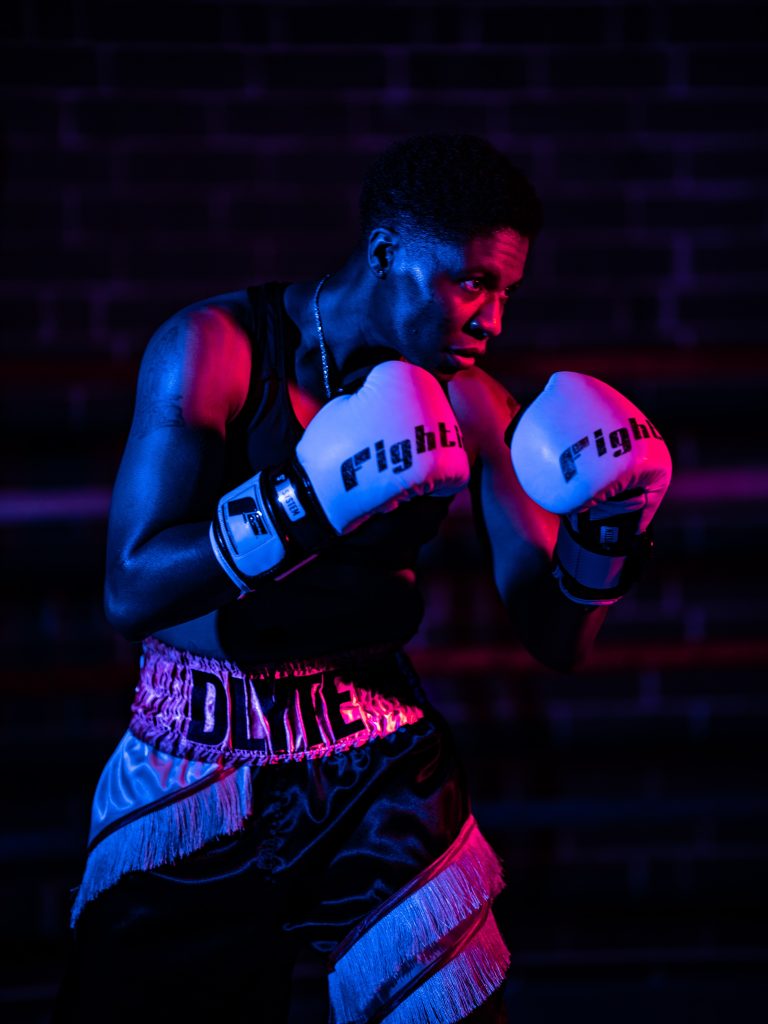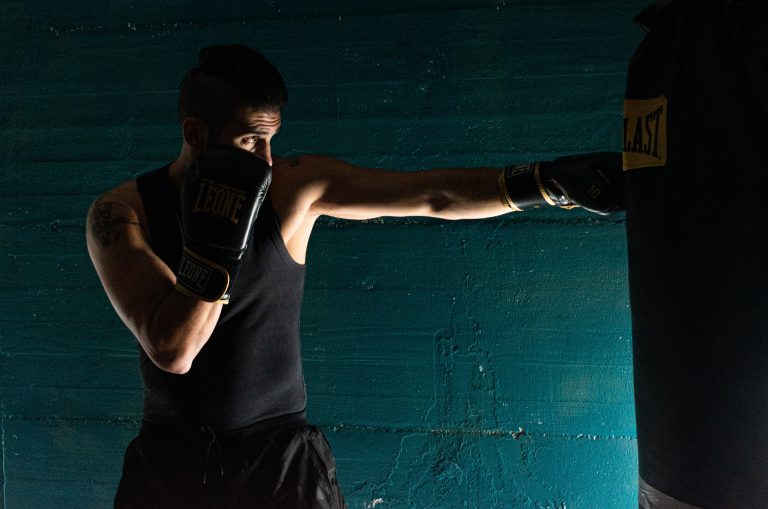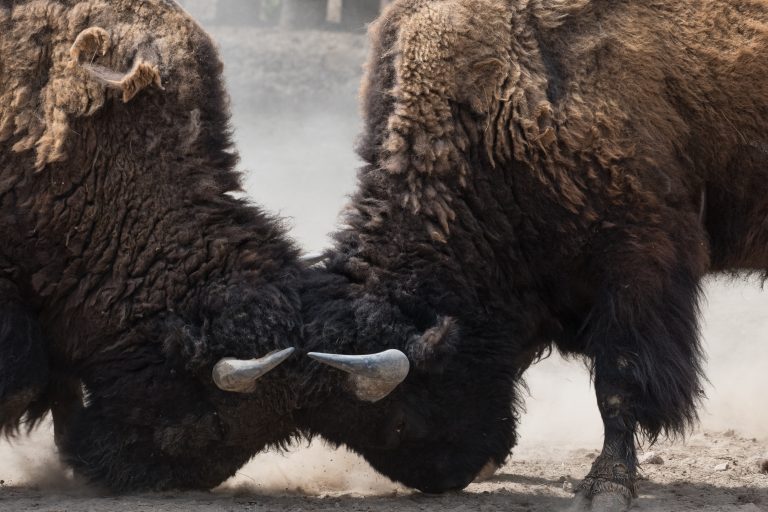Brazilian Jiu-Jitsu vs Gracie Jiu-Jitsu: Der Unterschied zwischen den beiden Kampfsportarten
Brazilian Jiu-Jitsu (BJJ) und Gracie Jiu-Jitsu (GJJ) sind zwei Kampfsportarten, die oft miteinander verwechselt werden. Beide Stile wurden von der gleichen Familie entwickelt und haben viele ähnliche Techniken und Praktiken. Trotzdem gibt es einige wichtige Unterschiede zwischen den beiden Kampfsportarten.
Die Geschichte von Brazilian Jiu-Jitsu und Gracie Jiu-Jitsu
BJJ und GJJ haben ihren Ursprung im Kodokan Judo, einer japanischen Kampfsportart, die Ende des 19. Jahrhunderts entwickelt wurde. Die Gracies, eine brasilianische Familie von Kämpfern, haben Judo von einem japanischen Meister namens Mitsuyo Maeda gelernt und begannen, ihren eigenen Stil von Jiu-Jitsu zu entwickeln.
Die Techniken von BJJ und GJJ waren ähnlich, aber im Laufe der Jahre haben sich einige wichtige Unterschiede entwickelt. BJJ wurde von der Gracie-Familie zu einem internationalen Kampfsport gemacht, während GJJ eine private Kampfkunst blieb, die sich auf Selbstverteidigung und den Schutz der Familie konzentrierte.
Stil und Technik
BJJ und GJJ haben viele ähnliche Techniken, aber BJJ ist oft anspruchsvoller und sportlicher als GJJ. BJJ konzentriert sich auf den Wettbewerb und wird oft in Turnieren und Wettkämpfen ausgeübt. GJJ hingegen ist eher auf Selbstverteidigung und den Schutz der Familie ausgelegt.
Im BJJ gibt es auch mehrere Stile und Techniken, während GJJ eher ein grundlegender Stil ist, der auf der Vermeidung von Konflikten basiert. So ist zum Beispiel das BJJ auf dem Boden sehr aktiv und konzentriert sich auf die Kontrolle des Gegners durch Techniken wie die Würgegriffe und Armhebel. GJJ betont hingegen den Standkampf und Selbstverteidigungstechniken wie den Takedown und die Schlagkraft.
Trainer und Ausbildung
Die meisten BJJ- und GJJ-Schulen werden von Schülern der Gracie-Familie betrieben, aber es gibt Unterschiede im Ausbildungsstil. BJJ-Schulen bieten oft eine strukturierte Ausbildung mit mehreren Gürtelstufen und einem hohen Maß an Disziplin und Training. GJJ-Schulen sind oft weniger formell und konzentrieren sich mehr auf die praktischen Anwendungen der Techniken.
BJJ-Trainer haben oft mehrere Jahre Erfahrung im Training und Coaching von Wettkampfkämpfern. GJJ-Trainer haben hingegen oft mehr Erfahrung im Umgang mit realen Angriffen und der Selbstverteidigung.
Fazit
Insgesamt sind BJJ und GJJ beide Kampfsportarten, die auf der gleichen Grundlage basieren und viele ähnliche Techniken und Praktiken haben. Der größte Unterschied ist jedoch die Ausrichtung, wobei BJJ eher sportlicher und auf den Wettkampf ausgerichtet ist, während GJJ sich auf die Selbstverteidigung und den Schutz der Familie konzentriert. Beide Stile sind jedoch sehr effektiv und können für die Gesundheit und das Wohlbefinden von Körper und Geist sehr vorteilhaft sein.
Brazilian Jiu-Jitsu vs Gracie Jiu-Jitsu: Understanding the Difference
Brazilian Jiu-Jitsu (BJJ) and Gracie Jiu-Jitsu are two popular combat sports that originated from Japan. While they share many similarities, such as submission techniques, sport rules, and philosophies, there are distinct differences between the two disciplines. In this blog post, we will explore the answers to the most frequently asked questions about the difference between Brazilian Jiu-Jitsu and Gracie Jiu-Jitsu.
What is Brazilian Jiu-Jitsu?
Brazilian Jiu-Jitsu originated from Kodokan Judo, which was brought to Brazil by Mitsuyo Maeda in the early 20th century. The Gracie family, specifically Carlos Gracie and his younger brother Helio Gracie, developed Brazilian Jiu-Jitsu into a martial art that focuses on leverage and ground fighting.
BJJ is often referred to as the „gentle art“ because it emphasizes using technique and leverage to control and submit an opponent, rather than relying solely on brute strength. It is commonly used in mixed martial arts competitions and self-defense situations.
What is Gracie Jiu-Jitsu?
Gracie Jiu-Jitsu is a term used to distinguish Brazilian Jiu-Jitsu as taught by members of the Gracie family. It is the original style of Brazilian Jiu-Jitsu that was developed by Carlos Gracie and later refined by his younger brother Helio Gracie.
Gracie Jiu-Jitsu places a great emphasis on self-defense and is taught in a more traditional manner than Brazilian Jiu-Jitsu. The techniques are taught in a specific order, and the focus is on mastering the basic techniques before moving on to more complex ones.
What are the main differences between Brazilian Jiu-Jitsu and Gracie Jiu-Jitsu?
The main differences between Brazilian Jiu-Jitsu and Gracie Jiu-Jitsu are in their training methods, techniques, and philosophies.
Training Methods: Brazilian Jiu-Jitsu is often taught in a more structured manner where students learn specific techniques and drill them repeatedly. Gracie Jiu-Jitsu, on the other hand, is taught in a more traditional way where techniques are taught in a specific order and are not deviated from until they are mastered.
Techniques: Brazilian Jiu-Jitsu has evolved over time and incorporates techniques from other martial arts such as judo, wrestling, and sambo. Gracie Jiu-Jitsu, on the other hand, remains more focused on its original techniques and is taught in a more traditional manner.
Philosophies: Brazilian Jiu-Jitsu has a more competitive focus, with a strong emphasis on tournaments and sport-style competitions. Gracie Jiu-Jitsu, on the other hand, has a greater emphasis on self-defense and the practical application of techniques in real-life situations.
Which style is best for self-defense?
Both Brazilian Jiu-Jitsu and Gracie Jiu-Jitsu are effective for self-defense. However, Gracie Jiu-Jitsu is often regarded as the more practical option for self-defense due to its focus on real-life scenarios and the use of leverage and technique rather than brute strength.
Which style is better for sport competitions?
Brazilian Jiu-Jitsu is better suited for sport competitions due to its focus on sport-style tournaments and point systems. The techniques used in Brazilian Jiu-Jitsu also tend to be more diverse and incorporate techniques from other martial arts, allowing for a wider range of strategies in competition.
Can you compete in both Brazilian Jiu-Jitsu and Gracie Jiu-Jitsu tournaments?
Yes, competitors are often able to compete in both Brazilian Jiu-Jitsu and Gracie Jiu-Jitsu tournaments as the rules and techniques are generally similar. However, it’s important to note that Gracie Jiu-Jitsu tournaments may have stricter rules and regulations, and a traditional gi is usually required.
Are the belts and rank systems the same in both styles?
The belt and rank systems are generally the same in both Brazilian Jiu-Jitsu and Gracie Jiu-Jitsu, with white, blue, purple, brown, and black belts being the standard progression. However, some schools and academies may have different requirements and standards for their promotions.
Conclusion
In conclusion, while there are many similarities between Brazilian Jiu-Jitsu and Gracie Jiu-Jitsu, the two styles have distinct differences in training methods, techniques, and philosophies. Whether you choose to train in one or the other is ultimately a matter of personal preference and goals, whether that is to compete in sport-style tournaments or to focus on self-defense. Both styles have proven to be effective in real-life situations and in competition, and both offer a multitude of physical and mental benefits to those who practice them.
Inhaltsverzeichnis






